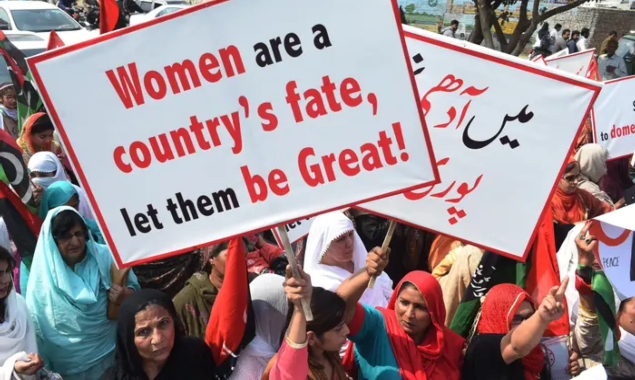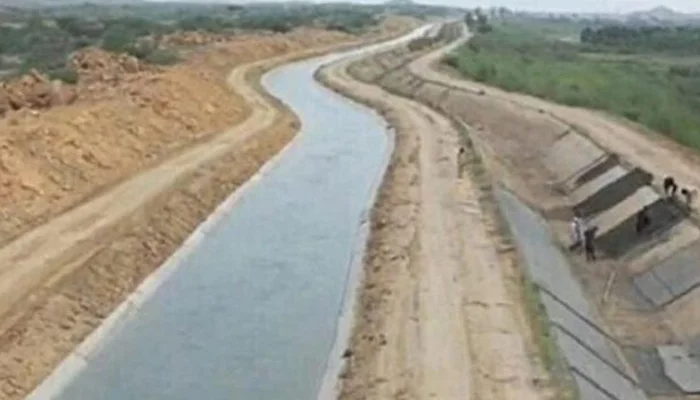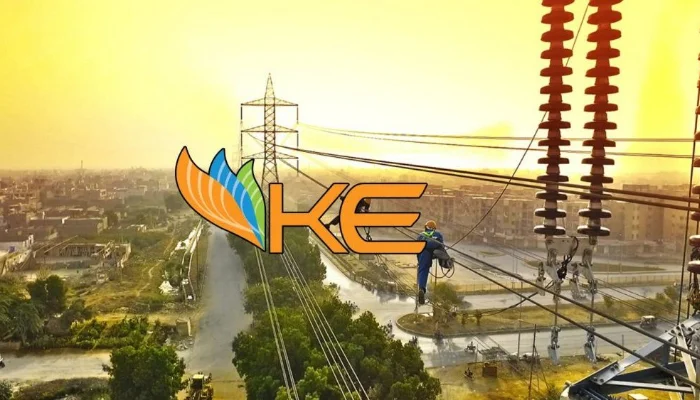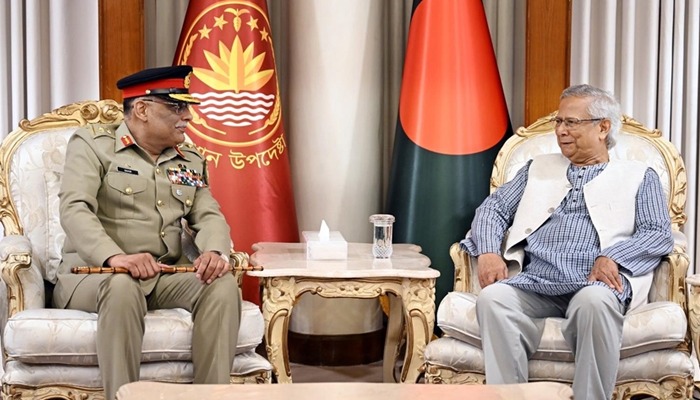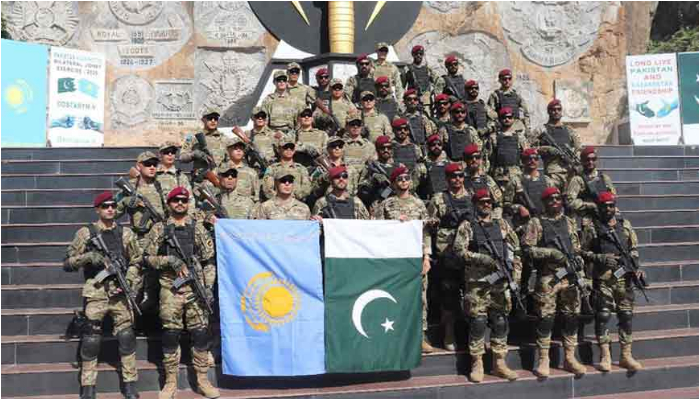- Pakistan placed 145th among 146 countries in the Global Gender Gap index 2002 by World Economic Forum
- It will take another 132 years to close the gender gap
- Women’s labour force participation declined in Pakistan
- South Asia has the largest gender gap with 62.3% parity
ISLAMABAD: The gender gap hasn’t bounced back even after a big COVID hit, according to the World Economic Forum’s Global Gender Gap Report 2022.
As the global economy enters its third year of continued disruption, it will take another 132 years (compared to 136 in 2021) to close the gender gap. Pakistan has also regressed in its gains from the last few years and stands back at 2nd from the bottom.
Pakistan placed 145th among 146 countries with a population of 107 million women, and in 2022 has closed 56.4% of the gender gap that affects them. This is the highest overall level of parity Pakistan has posted since the report launched 16 years ago.
However, Pakistan registered significant improvement across three sub-indexes, with the highest positive variation on Economic Participation and Opportunity.
While wage equality carries the highest gender gap score among economic indicators (0.620), advances were also reported in estimated earned income, where women’s earnings increased 4% compared to 2021.
However, it is worth noting that women’s labour-force participation in Pakistan declined by 1.9 percentage points in 2022, while both shares of men and women workers in senior and professional categories saw a downturn.
On Educational Attainment, gender parity scores for literacy, secondary and tertiary education enrolment all rose. However, the shares of male and female students in secondary and tertiary education both increased from 2021, while a drop in parity in literacy correlates to a reduction of the population of men that are literate.
Amir Jahangir, Chief Executive Officer, Mishal Pakistan and Country Partner Institute of the Centre for the New Economy and Society, World Economic Forum said, “the data for Pakistan is being contributed through the Executive Opinion Survey being carried out by Mishal Pakistan annually”.
He further said, “The Global Gender Gap Report benchmarks the current state and evolution of gender parity across four key dimensions, Economic Participation and Opportunity, Educational Attainment, Health and Survival, and Political Empowerment.”
South Asia with 62.3% gender parity, has the largest gender gap of all regions, with low scores across all measured gender gaps and little progress made in most countries since the last edition.
At its current pace, it will take 197 years to close the gender gap in the region. The economic gender gap has closed by 1.8%, with increases in the share of women in professional and technical roles in countries including Bangladesh and India, as well as Nepal.
The report suggests that of the 146 economies surveyed, just one in five has managed to close the gender gap by at least 1% in the past year.
As a result, while gains have been made in the past year, they have reduced the time it will take to reach gender parity by only four years. This progress does little to offset the setback of an entire generation recorded in 2020-2021 at the start of the pandemic.
“The cost of living crisis is impacting women disproportionately after the shock of labour market losses during the pandemic and the continued inadequacy of care infrastructure. In face of a weak recovery, government and business must make two sets of efforts: targeted policies to support women’s return to the workforce and women’s talent development in the industries of the future. Otherwise, we risk eroding the gains of the last decades permanently and losing out on the future economic returns of diversity,” says Saadia Zahidi, Managing Director at the World Economic Forum.
The Global Gender Gap Report, now in its 16th year, benchmarks the evolution of gender-based gaps in four areas: economic participation and opportunity, educational attainment, health and survival, and political empowerment. It also explores the impact of recent global shocks on the growing gender gap crisis in the labour market.
Taking a longer view over 16 years, at the current rates of progress it will take 155 years to close the political empowerment gender gap – 11 more than predicted in 2021 – and 151 years for the economic participation and opportunity gender gap.
Although 29 countries have reached full parity, it will still take 22 years to close the educational attainment gender gap. And while more than 140 countries have closed at least 95% of their health gaps, overall backsliding in health and survival means there may be a reversal.
For the 13th consecutive year, Iceland is the most gender-equal country in the world and the only one to have closed more than 90% of the gender gap.
Closing gender gaps remains a critical driver of national prosperity. The report states that countries that invest in all of human capital and make it easier for their populations to balance work and family life tend to be more prosperous.
With an increasingly uncertain economic outlook, the Global Gender Gap Report 2022 calls on more leaders to unleash the creativity and dynamism of their countries’ human capital to overcome the current crises and accelerate a strong recovery.
The Closing the Gender Gap Accelerators work with government and business in advanced and developing economies to create structed public-private collaborations for rapid acceleration to economic parity, focusing on increasing women’s participation in the workforce, closing the gender pay gap and helping more women advance into leadership roles and develop in-demand skills.
The model has been adopted in 12 economies, with Ecuador, Kazakhstan, Japan and Mexico joining the accelerator network in 2021-2022.

